19 Facts About 1923 That Show How American Life Has Changed In 100 Years
- Oops!Something went wrong.Please try again later.
Flapper girls, big parties, and art deco.
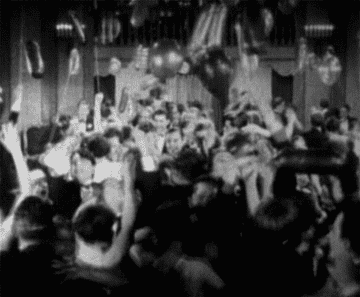
Maudit / giphy.com
We all have an image of the 1920s in our minds from works like The Great Gatsby or Midnight in Paris, but like all the "Golden Ages" of history, it was only great for a small percentage of the population.
And it's true that the period surrounding 1923 was arguably our first modern decade, full of progressive ideas like women's individuality, advancements in technology, and a flourishing new artistic era.
But how much has really changed in the past 100 years, and what still needs improvement? Let's find out with these 19 facts from life in 1923 America.
1.Though it was invented in 1908, the Model T was still one of the most popular cars in 1923. Today's modern cars are becoming electric and self-driving.
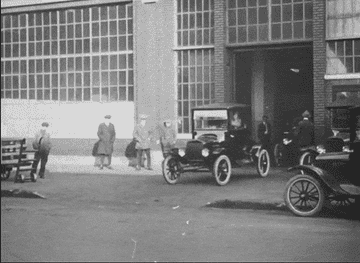
US National Archives / giphy.com
The Model T wasn't the first car by a long shot, but it was the first mass-produced car that a large amount of Americans could afford. The impact of the car and the production methods that created it have impacted the automotive industry ever since.
In 1999, the Global Automotive Elections Foundation named the Model T the "Car of the Century" ahead of vehicles like the Cooper Mini, Volkswagen Beetle, and Porsche 911.
2.The film industry boomed, and both Warner Bros. and Disney were founded. This was just the start of the entertainment industry as we know it today.

With soldiers coming back from World War I, Americans wanted to enjoy more pastimes like baseball, theater, and movies.
By the mid-20s, 50 million movie tickets were sold each week, which was about half of the American population at the time.
Warner Bros. had a history before 1923, but they were officially incorporated that year. That same year, the Disney Brothers Studio was founded.
Today, not only is the movie industry still dominated by studios like Warner Bros. and Disney, but streaming has changed the game.
There was another sign of the growing film industry in 1923 (a literal one). In 1923, the Hollywoodland sign was erected. It was originally meant to be a massive billboard for a real estate development that would be taken down after 18 months. In 1949 the "LAND" was removed, and in 1978 it was replaced by a sturdier, more permanent sign.
3.Radio was just starting to become king in 1923. Radio may be far less popular in 2023, but podcasts have taken its place.
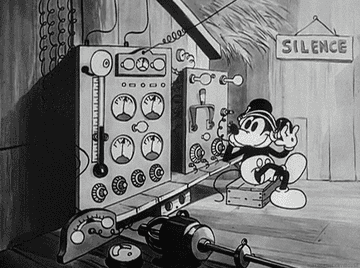
Disney / giphy.com
The first-ever live radio broadcast for a popular audience took place in 1920, and the industry kept growing until it reached its peak popularity around the early 1930s.
Film may have been booming in 1923, but radio had the advantage of being in your own home. It quickly became one of the main ways families got news and entertainment.
Even though radio is far less popular than it once was, the rise of podcasts shows that we still have an itch for it.
4.Prohibition lasted from 1920 to 1933. Today, "speakeasies" simply refer to mildly hard-to-find bars with leather couches rather than spots for illegal alcohol.
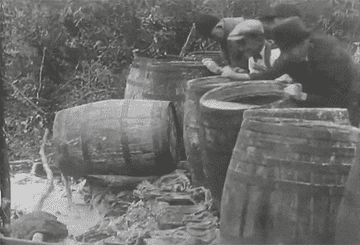
US National Archives / giphy.com
I always assumed that prohibition meant it was illegal to consume alcohol, but it turns out that wasn't the case. For the 13 years it was federally enforced, prohibition only illegalized the production, transportation, and sale of the stuff. That means if you bought some liquor in 1919 or prior, it was all yours.
The real reason prohibition was repealed (besides the fact that it pissed a lot of people off and bootlegged liquor killed thousands) was the Great Depression.
Taxing alcohol seemed like a much better idea once the economy tanked, and FDR even ran for president with the promise of repealing the amendment.
5.The '20s in general saw the rise of rampant consumerism and advertising, which has only gotten more pervasive as the years have gone on.
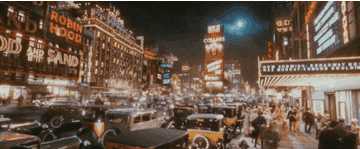
Giphy / giphy.com
Advertising is as old as trade itself, but the rise of new technologies in the '20s like radio, television, and more efficient direct mail (known as "junk mail" today) made it even more prolific.
This, combined with post-World War I money and the rising notion of the "American Dream" (though the term wasn't coined until 1931), resulted in massive consumerism.
It's not uncommon for artists nowadays to lend their talents to advertising, like when David Lynch made a surreal ad for PlayStation 2 or Spike Jonze made the most beautiful commercial for a speaker I've ever seen.
These roots can be seen in the 1920s when F. Scott Fitzgerald was writing ad copy and Georgia O'Keefe was displaying her work in department stores.
The 1920s began a trend that to be American is to have fun, but you can only have that fun if you buy the right products. This is perfectly summed up by Helen Landon Cass, a radio personality who said, in 1923:
"Sell them their dreams. Sell them what they longed for and hoped for and almost despaired of having. Sell them hats by splashing sunlight across them. Sell them dreams — dreams of country clubs and proms and visions of what might happen if only. After all, people don’t buy things to have things. They buy hope — hope of what your merchandise might do for them. Sell them this hope and you won’t have to worry about selling them goods."
6.Clarence Birdseye invented frozen food in 1923, forever changing the way Americans eat.
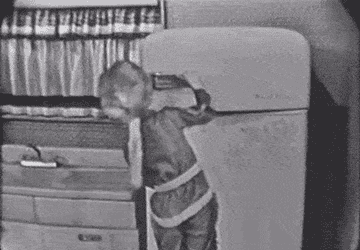
Giphy / giphy.com
Frozen food has been around for thousands of years, but Clarence Birdseye developed a method for flash-freezing it.
This wasn't only monumental for food preservation and transportation, but also for our relationship with food. It paved the way for the TV dinners that started in the 50s, and later for the fast food industry of today.
Birdseye used his patents to create the Birds Eye Frozen Food Company, which is still one of the most popular brands in grocery store freezer aisles.
7.The first issue of TIME Magazine was printed. Today, printed media is not nearly what it once was.
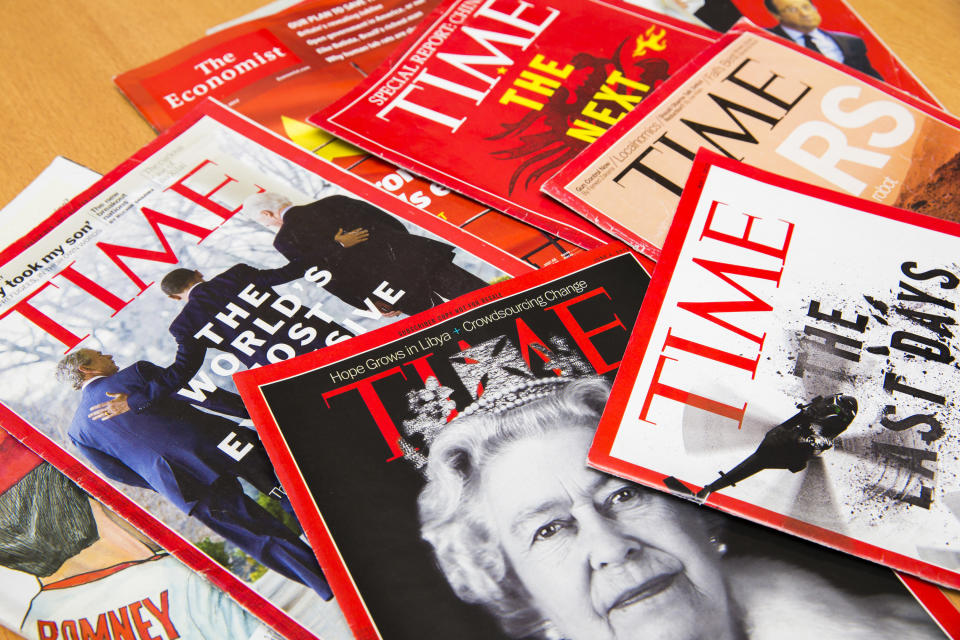
Published on March 3, 1923, the first issue of TIME (which you can read here) was relatively short. It reported on topics like cubist art, the Mexican border, boys' behavior in schools, and debates about journalistic integrity.
The issue also reported on the first working helicopter that had just been invented that year, which leads us to our next fact.
8.Juan de la Cierva flew the first practical "helicopter" in 1923. In 2023, you can buy a toy drone for $20.

Technically, the C.4 — which is what de la Cierva called the craft — wasn't a helicopter but an autogyro.
But while other inventors created what can more accurately be called "helicopters" before de la Cierva, his C.4 was compact and simple enough that it is widely considered the first practical rotorcraft.
This first flight took place in Spain and not America, but the technology was quickly disseminated throughout the world and even played a role in World War II.
Fast forward to today and you can hop on Amazon to get a relatively cheap drone for kids that is controlled solely by hand movements.
9.Adolf Hitler led the Nazi Party in a failed coup in Munich. This took him one step closer to triggering World War II.
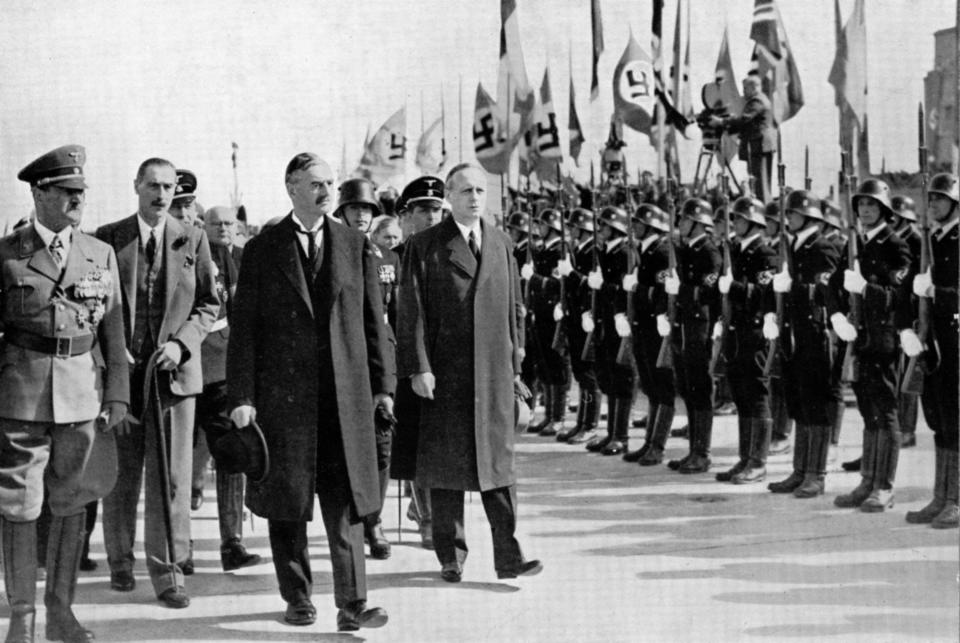
World War II changed technology, art, politics, and the notion of nationalism across the world.
Many things caused the global conflict, but this failed coup (called the Beer Hall Putsch) was a significant step toward Hitler becoming führer.
After the coup failed, Hitler was placed on a widely publicized 24-day trial. It allowed him a platform to spout his jingoist ideology and gain support, which was furthered by the book he wrote once he was sent to prison for the coup, Mein Kampf.
The Nazism and white supremacy of the time are, unfortunately, still around to this day.
10.At the time of writing, the #1 song on the Billboard Hot 100 is "Flowers" by Miley Cyrus. In 1923, the biggest hit was "Yes! We Have No Bananas."
11.The first home game was played at the original Yankee Stadium, which was replaced by the current stadium in 2009.
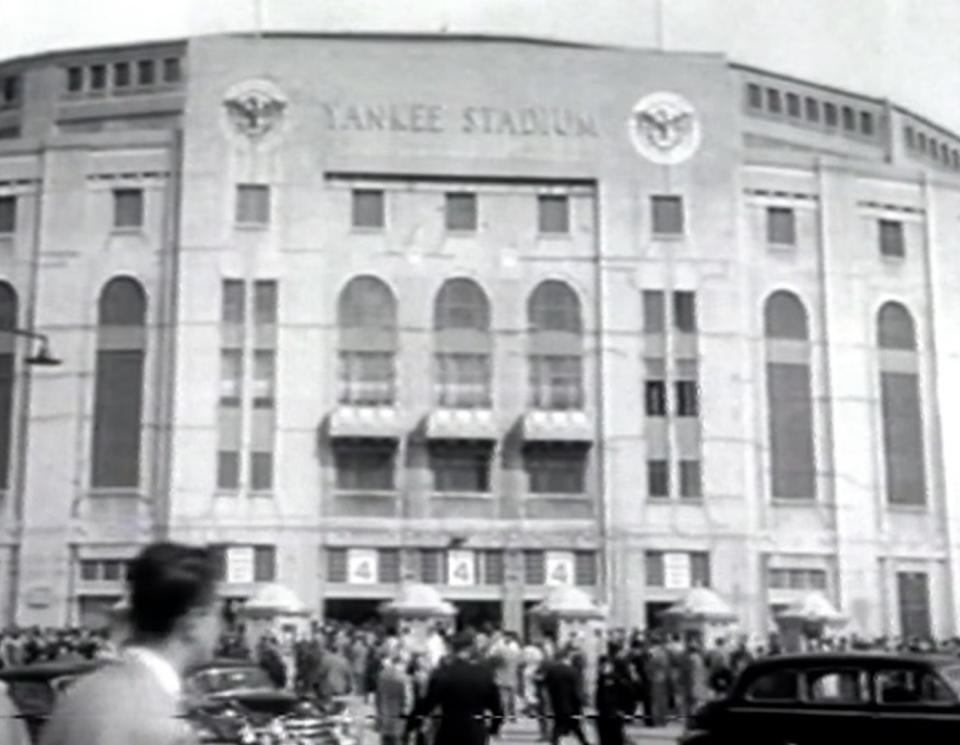
Baseball used to be America's "national pastime," but that was slowly replaced by football starting in the late '50s. But even though the original Yankee Stadium has since been demolished, the 200ish-year-old game had a major milestone in 1923.
12.Edwin Hubble proved that there were other galaxies outside of our own in 1923. Today, we have a far greater understanding of the universe.
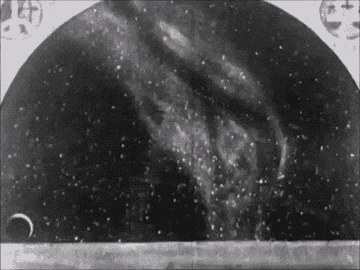
Giphy / giphy.com
It was long believed that the Milky Way was all there was to the universe. It was also believed that our nearest sister galaxy, Andromeda, was inside our own galaxy.
Edwin Hubble wasn't convinced, and even went so far as to hypothesize that Andromeda was its own "island universe." Going by the 1920s definition of a "universe" (which simply referred to our own galaxy), Hubble wasn't technically wrong with his guess.
With the help of astronomer Henrietta Leavitt, Hubble used cepheids (stars that grow brighter and fainter periodically) to prove that Andromeda was outside of our own galaxy. This changed not only our understanding of the Milky Way, but of the entire universe.
Today, we learn from a young age that our galaxy is just one of many. We've also made breakthroughs that would make Hubble proud, like launching a telescope named after him, discovering water on Mars, and taking a picture of a black hole.
13.In 1923, more Americans lived in cities than villages or farms for the first time in the country's history (51%). Today, that number is 83%.
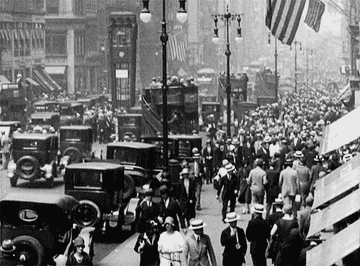
Maudit / giphy.com
As time has gone on, moving to "the big city" has become less of a radical idea. Migrating from village to the city used to be all about job opportunities. But with the Internet connecting more people to the outside world, living in a small town is less isolating than it once was.
In fact, the opposite mindset is starting to become popular as more people make the choice to escape city life and live more rurally.
14.Around 1923, homes started to become more mechanized, with devices like refrigerators taking the place of ice boxes. Today's refrigerators come with voice assistants and self-filling water pitchers.
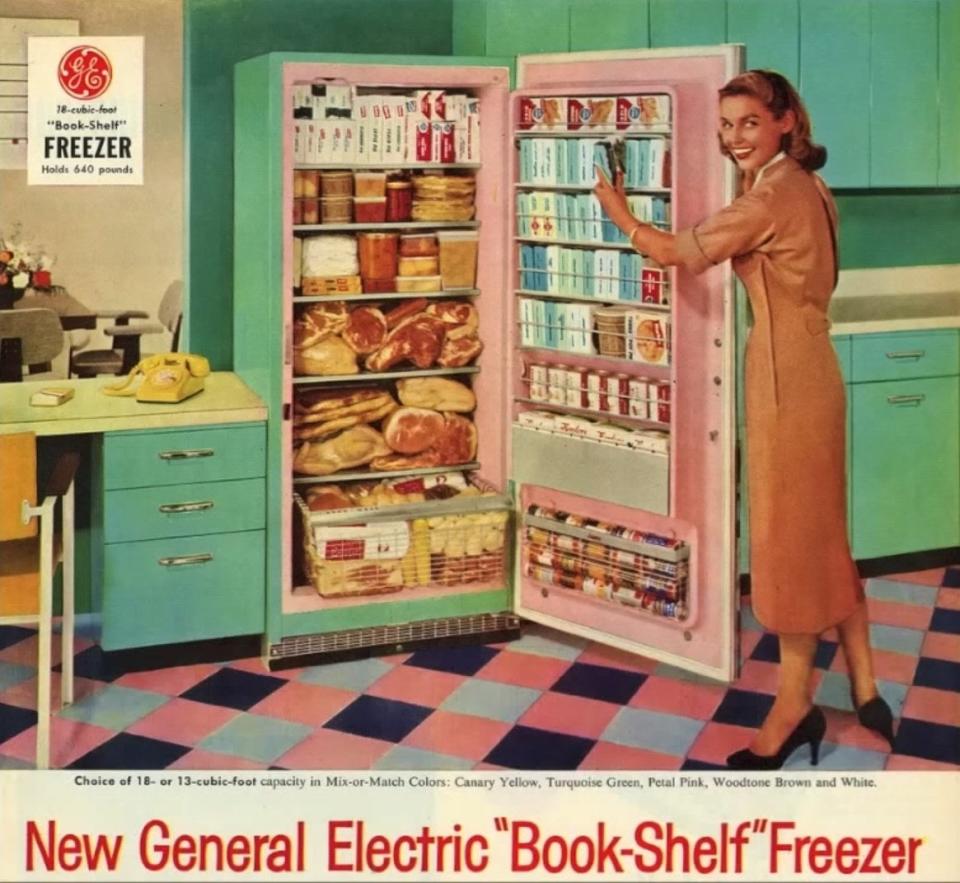
Roughly two-thirds of Americans had electricity in their households by the mid-'20s. This allowed for more advancements in tech for the home as electric vacuum cleaners, refrigerators, freezers, and washing machines started to become more common.
Today, you can get a Roomba to both vacuum and mop your floors, a washing machine that texts you, and kitchen lights that turn on when you wake up.
You can even tell your Alexa-integrated smart oven to roast for 20 minutes while you play a game about a killer washing machine.
15.Howard Carter opened the tomb of King Tut. Today, people aren't as excited about British excavations.
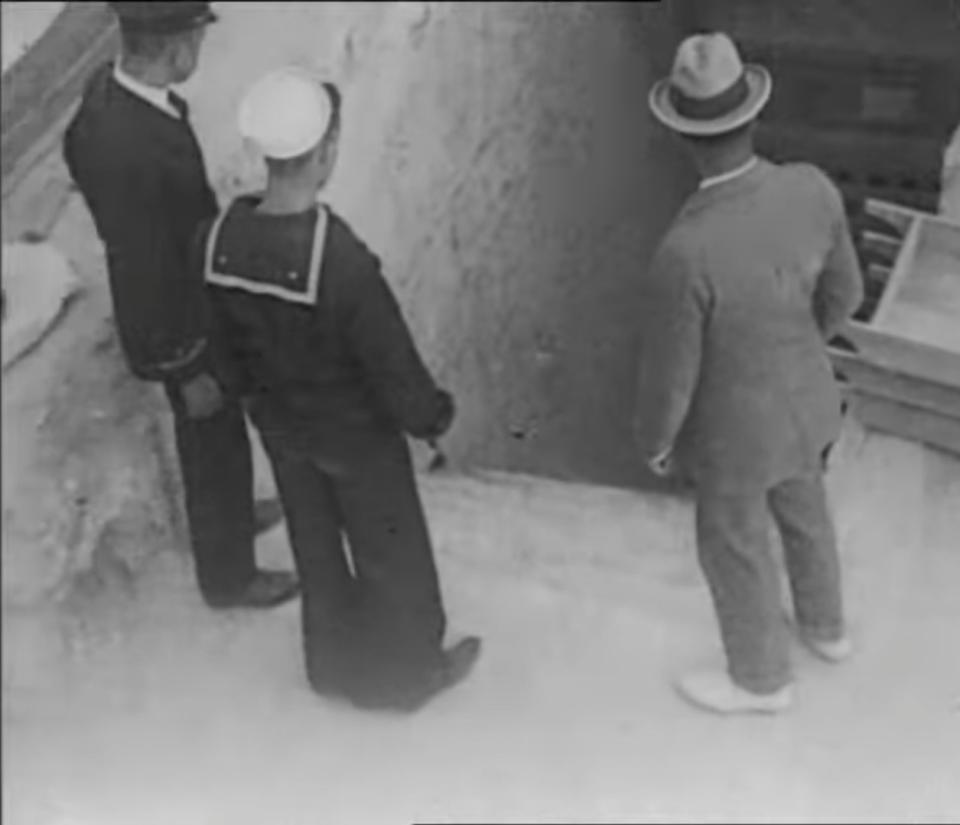
It's undeniable that the discovery of King Tutankhamun's tomb was one of the most important insights into ancient Egyptian culture.
These days, it's harder to marvel at the wonders inside the tomb without also thinking about Britain's military occupation of Egypt that lasted from 1882 to 1956.
As time has gone on there have been many more conversations about British colonialism and its impact. For example, there have been countless articles written about the various treasures Britain has stolen from other cultures.
16.The life expectancy for American women in 1923 was 58.5 years and 56.1 years for men. In 2023, it is 80.2 for women and 74.5 for men.

Better hygiene, medicine, and general quality of life have led to Americans living far longer lives than in 1923. But what about food?
It can be argued back and forth whether our nutrition have gotten more or less healthy in the last 100 years because, as the Pew Research Center puts it, American's eating habits are "all over the place."
But regardless of how diets have changed, the way we talk about food saw a dramatic shift in the 1920s with the rise of the calorie.
The term "calorie" was originally used to describe units of heat in machines. But Americans started becoming obsessed with this new idea of the nutritional calorie as women were encouraged to be thin.
The idea of thin being beautiful (driven by changes in the fashion industry) started around the early 20th century, and the new science of counting your calories went hand-in-hand with the trend. Today, calories remain a cornerstone of food science.
17.Both the ideas of "going to college" and collegiate sports became more popular in the 1920s. Fast forward to today, when many universities and college athletic programs operate essentially as corporations.
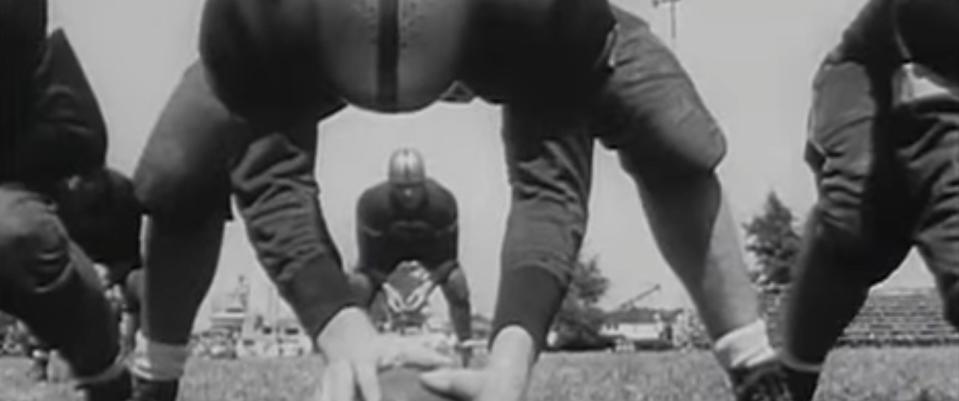
Universities date back 1,000 years, so college itself was by no means invented in the 1920s. But with a new generation growing up in post-WWI America, colleges saw higher enrollments.
Additionally, some families that couldn't afford to send their kids to college before or during the war benefited from the economic boom in the '20s, making it an option.
More people going to college (mostly men at the time) also meant more sports. This contributed to the rise of professional athletes and the increased popularity of football. In 1920, the American Professional Football Association (which would later become the NFL) was founded.
18.In 1923, we had some wild ideas of what life would be like in 2023.
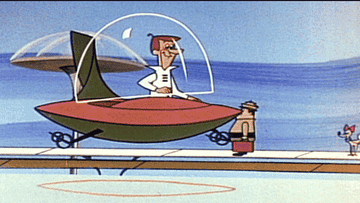
ABC / giphy.com
Paul Fairie of the University of Calgary collected a list of predictions for life in 100 years that were made in 1923. You can see the full Twitter thread here, but here are some of my favorites:
—We'll have 4-hour workdays
—Women will blacken their teeth
—Everyone will be beautiful
—Life expectancy will be 300 years old
—Kidney koozies (like beer koozies) will keep your internal organs warm on cold days
19.In some ways, not much has changed in the last 100 years.
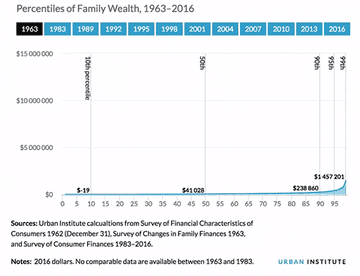
Urban Institute / giphy.com
The "roaring '20s" were really only roaring for the wealthy. In 1923, more than 40% of Americans made less than what was necessary to get by ($1,500 a year).
On the flip side, if you took the money that the top 0.1% of American families made, it would be equal to the combined income of the bottom 42%.
On a lighter note, another thing that hasn't changed too much in the last 100 years is high schoolers. Sociologists Robert and Helen Lynd interviewed high school students during the mid-'20s and asked them what they argued about with their parents the most.
The most common answers they got were:
—"The number of times you go out on school nights during the week.”
— “The hour you get in at night.”
— “Grades at school.”
— “Your spending money.”
— “Use of the automobile.”
Some things never change.

